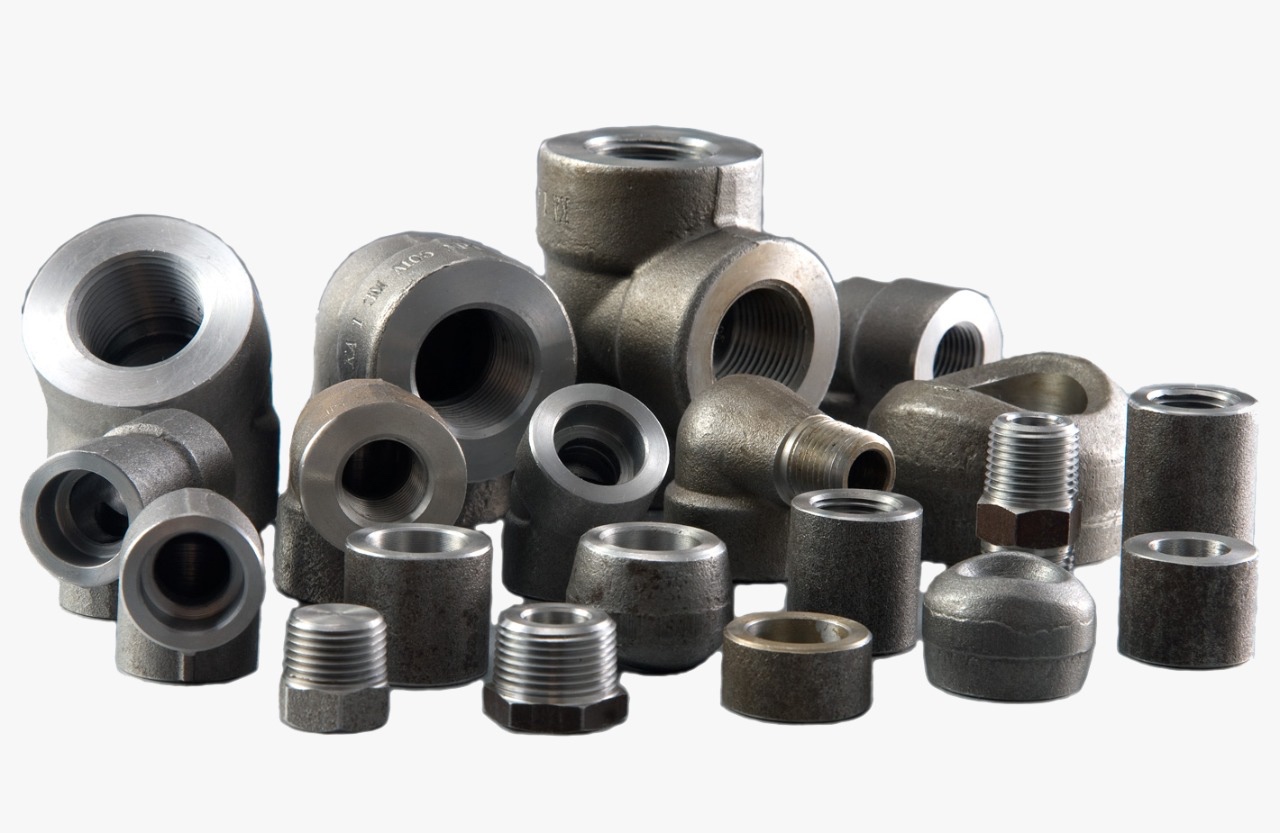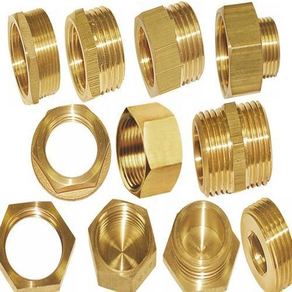Industrial projects across the United Arab Emirates demand high-quality pipe fittings that can withstand the region’s challenging environmental conditions. Whether you’re working on oil and gas installations, water treatment facilities, or construction projects, selecting the right pipe fittings suppliers in UAE makes a significant difference in project success and long-term performance.
Quality Certifications and Standards Compliance
Reputable pipe fittings suppliers maintain internationally recognized quality certifications that demonstrate their commitment to manufacturing excellence. Look for suppliers who hold ISO 9001 certification, which ensures consistent quality management systems throughout their operations. Additional certifications like API, ASTM, and ANSI indicate that products meet specific industry standards.
Quality certifications assure that pipe fittings undergo rigorous testing and inspection processes before reaching customers. Suppliers who invest in maintaining multiple certifications typically demonstrate greater attention to detail and commitment to product reliability. Ask potential suppliers about their certification status and request documentation to verify their credentials.
Product Range and Material Expertise
Leading pipe fittings suppliers offer comprehensive product ranges that cover various materials and specifications. Stainless steel, carbon steel, alloy steel, and specialized materials like Inconel and Hastelloy each serve specific applications in different industries. Suppliers with broad material expertise can recommend the most appropriate fittings for your specific operating conditions.
Consider suppliers who stock both standard and exotic materials, as the UAE’s diverse industrial landscape often requires specialized solutions. Companies working in petrochemical processing, desalination, or marine applications need suppliers who understand the unique challenges of these environments and can provide suitable material recommendations.
Local Inventory and Supply Chain Management
Reliable pipe fittings suppliers maintain substantial local inventory to ensure quick delivery and reduce project delays. Local warehousing becomes particularly important for urgent repairs or maintenance work where downtime costs can be significant. Suppliers with multiple warehouse locations across the Emirates can provide faster service to projects throughout the region.
Efficient supply chain management allows suppliers to balance inventory costs while maintaining adequate stock levels. Companies that invest in modern inventory management systems can provide accurate delivery schedules and better project planning support. Ask about their stock levels for commonly used items and their ability to source specialized fittings quickly.
Technical Support and Engineering Services
Professional pipe fitting suppliers employ qualified engineers who can provide technical guidance and application support. Engineering support becomes valuable when selecting fittings for complex systems or challenging operating conditions. Suppliers with strong technical teams can help optimize material selection and reduce project costs through proper specification.
Look for suppliers who offer design review services, material selection guidance, and compatibility assessments. Companies that provide detailed technical documentation, installation guidelines, and troubleshooting support add significant value beyond simply supplying products. Strong technical support can prevent costly mistakes and ensure optimal system performance.
Industry Experience and Project References
Established pipe fittings suppliers typically have extensive experience serving various industries across the region. Suppliers with proven track records in oil and gas, petrochemicals, power generation, and infrastructure projects understand the specific requirements and challenges of each sector. Industry experience translates to better product recommendations and more reliable service.





